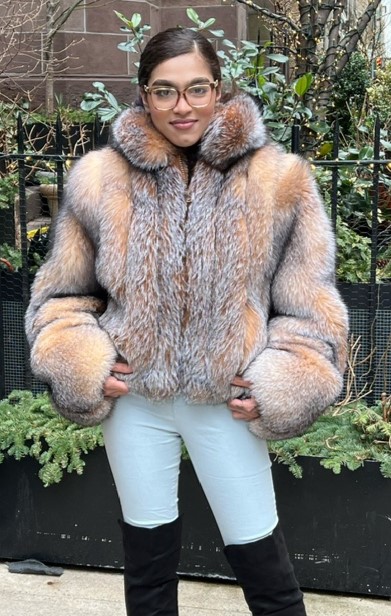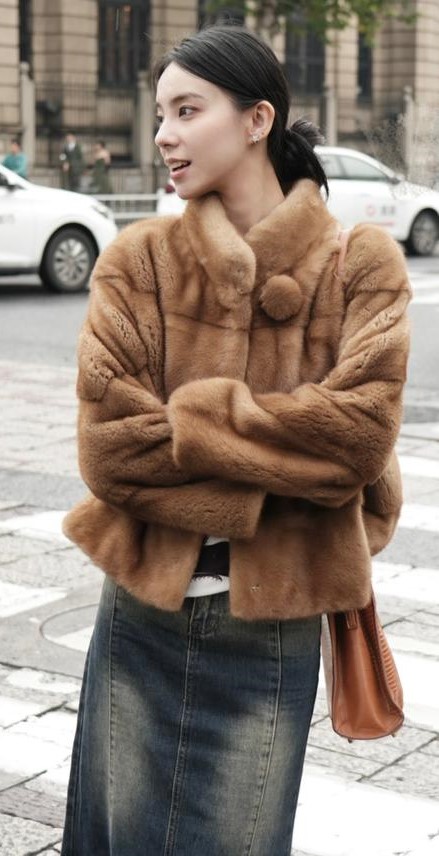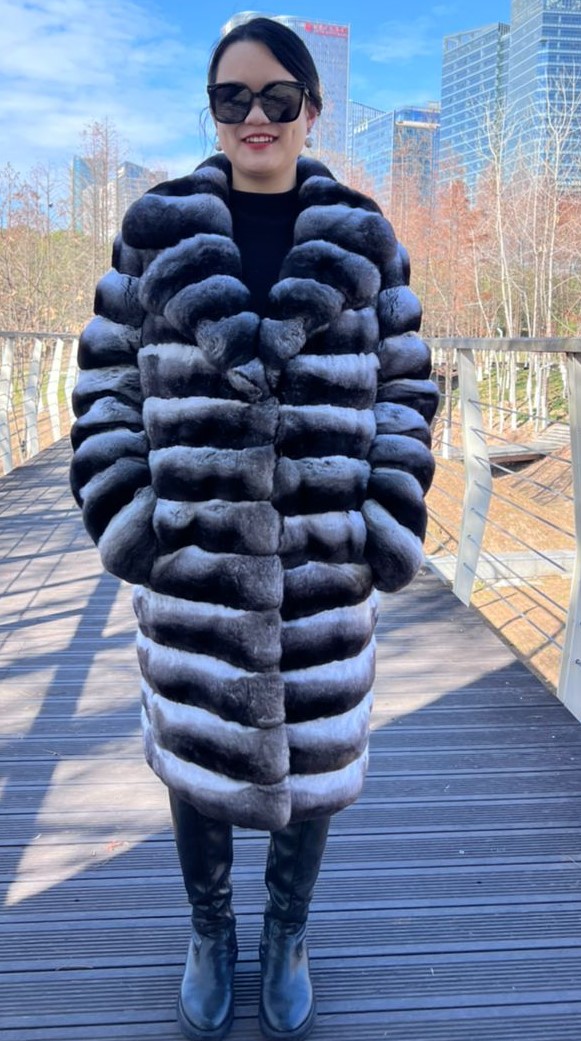
Fur Coat Luxury Must-Have
Yes, fur is often considered a fur coat luxury item. Here’s why:
- Cost: Genuine fur is typically expensive due to the high cost of materials and labor involved in its production. The rarity of certain fur types also contributes to its high price.
- Craftsmanship: Quality fur garments require skilled craftsmanship to design, cut, and sew. The process of working with fur is intricate and demands expertise, adding to its luxury status.
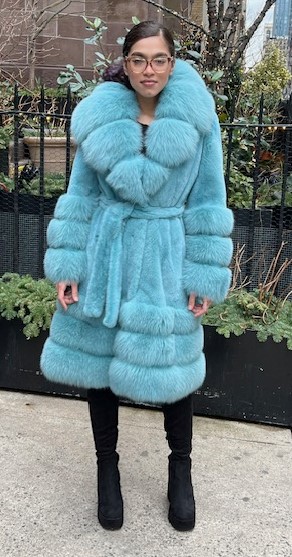
Fur Coat Luxury Must Have Tiffany Blue Dyed Mink Coat - Exclusivity: Real fur is not as readily available as synthetic alternatives, making it more exclusive and desirable for those seeking luxury items.
- Perceived Prestige: Fur has long been associated with luxury and glamour, often worn by affluent individuals and featured in high-end fashion collections. Owning a fur coat can be seen as a symbol of status and sophistication.
- Natural Material: Fur is a natural material derived from animal pelts, which adds to its allure and perceived value compared to synthetic alternatives.
- Longevity: Well-maintained fur garments can last for decades, further enhancing their value as heirloom pieces and investment items.
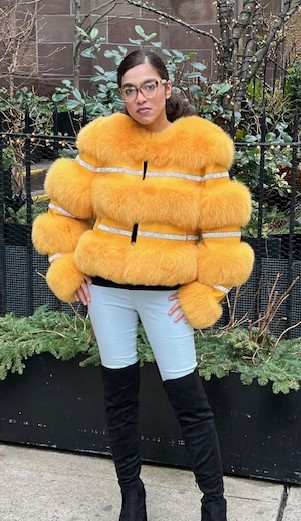
Yellow Fox Jacket Horizontal Rhinestones - Fashion Statement: Fur coats are often worn as fashion statements during special occasions or in upscale settings, contributing to their luxury appeal.
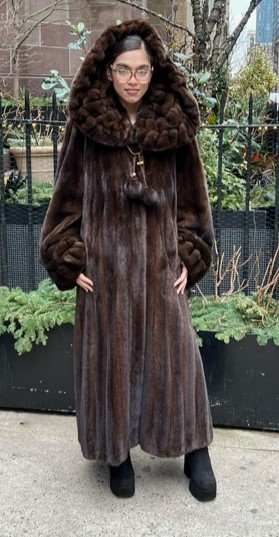
full-length mahogany mink coat - Durability: Fur coats are known for their durability and longevity, which can reduce the need for frequent replacements and contribute to a reduction in textile waste.
- Natural Insulation: Fur provides natural insulation, reducing the need for energy-intensive heating systems in cold climates.
- Biodegradability: Natural fur is biodegradable, meaning it will eventually break down in the environment compared to synthetic materials that can persist for years in landfills.
- Support for Local Economies: Fur production can provide livelihoods for communities involved in trapping, farming, and processing fur, particularly in rural areas where alternative economic opportunities may be limited.
- Sustainable Management: Some argue that wild fur trapping can support wildlife conservation efforts by incentivizing the sustainable management of fur-bearing animal populations and habitats.
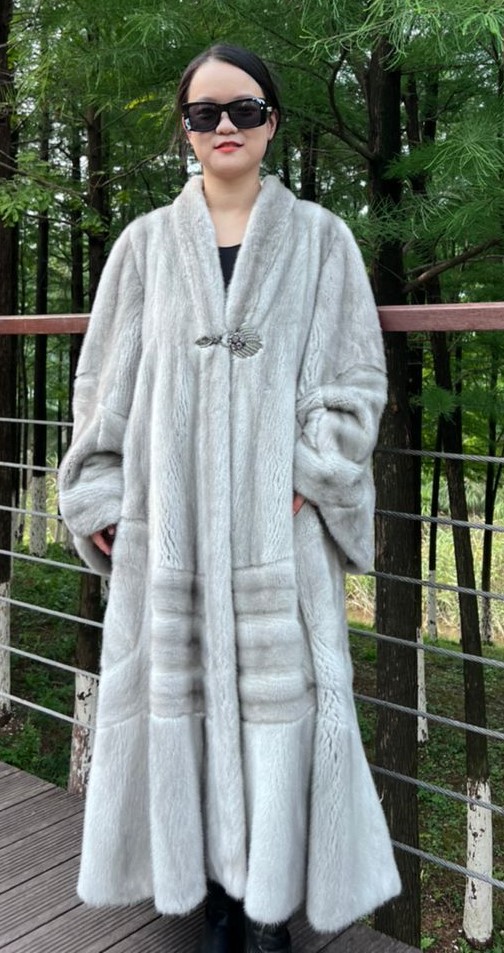
Sapphire Directional Mink Coat - Carbon Footprint: The carbon footprint associated with fur production is lower compared to the energy-intensive processes involved in producing synthetic alternatives, depending on factors such as transportation, processing, and disposal.
- Renewable Resource: Fur is a renewable resource, as animals can be raised or harvested sustainably to produce fur garments.
- Local Sourcing: Locally sourced fur materials may have a lower environmental impact compared to imported synthetic materials that require long-distance transportation.
- Byproduct Utilization: In some cases, fur production utilizes byproducts from other industries, such as meat production, reducing waste and maximizing resource efficiency.
- Heat Retention: Fur’s insulating properties can help individuals stay warm in cold weather conditions without the need for excessive heating, potentially reducing energy consumption.
There are so many reasons to wear fur. The warmth, the beauty, and the fur coats are 100% biodegradable. With the cold winter of 2024, fur is necessary to insulate the body for warmth.Marc Kaufman Furs NYC


